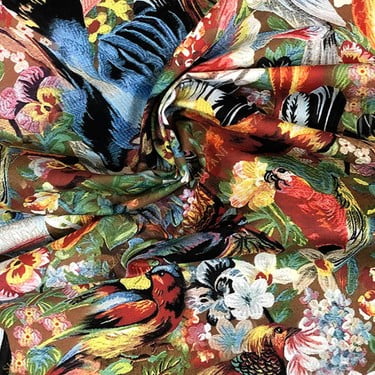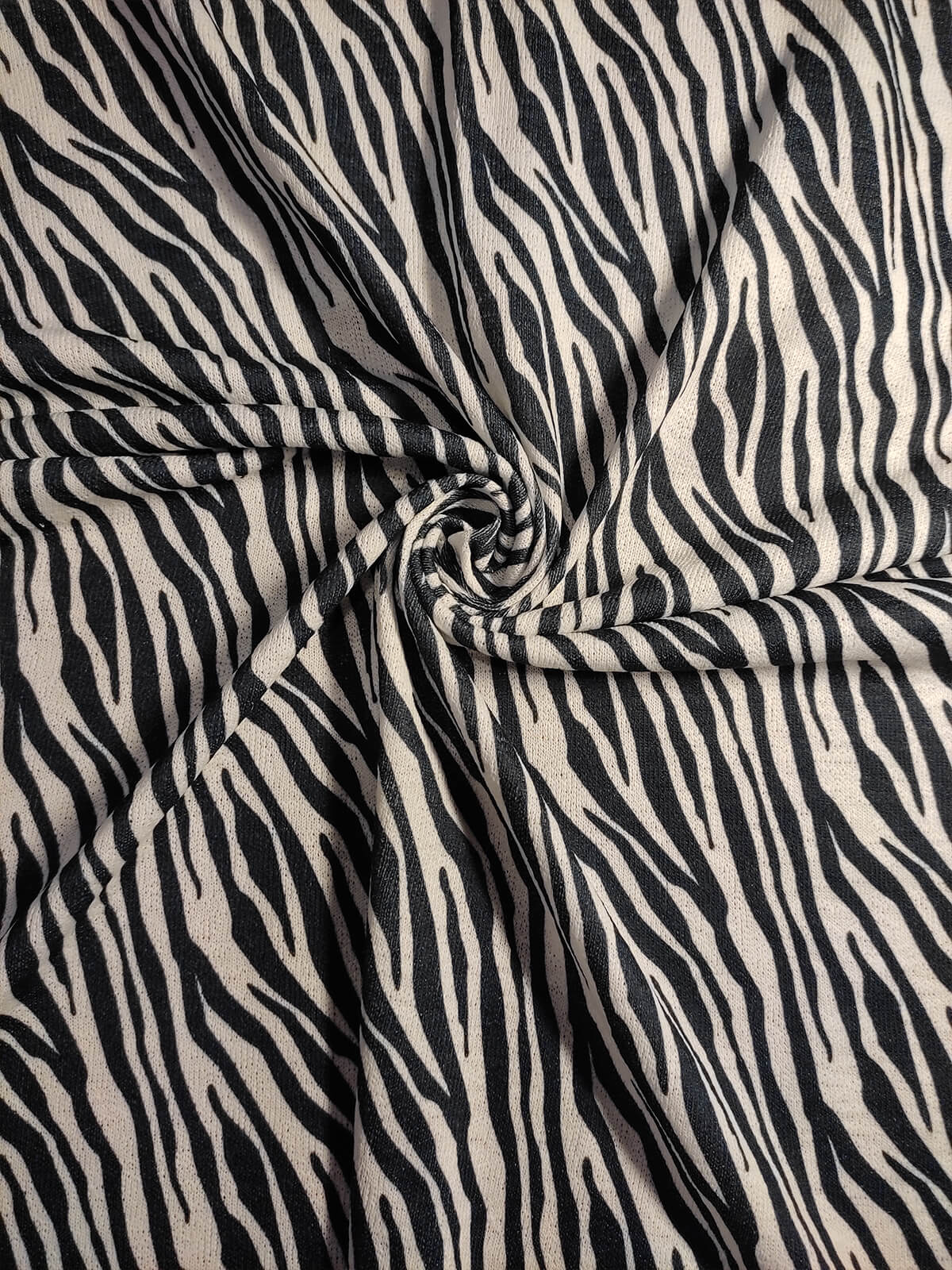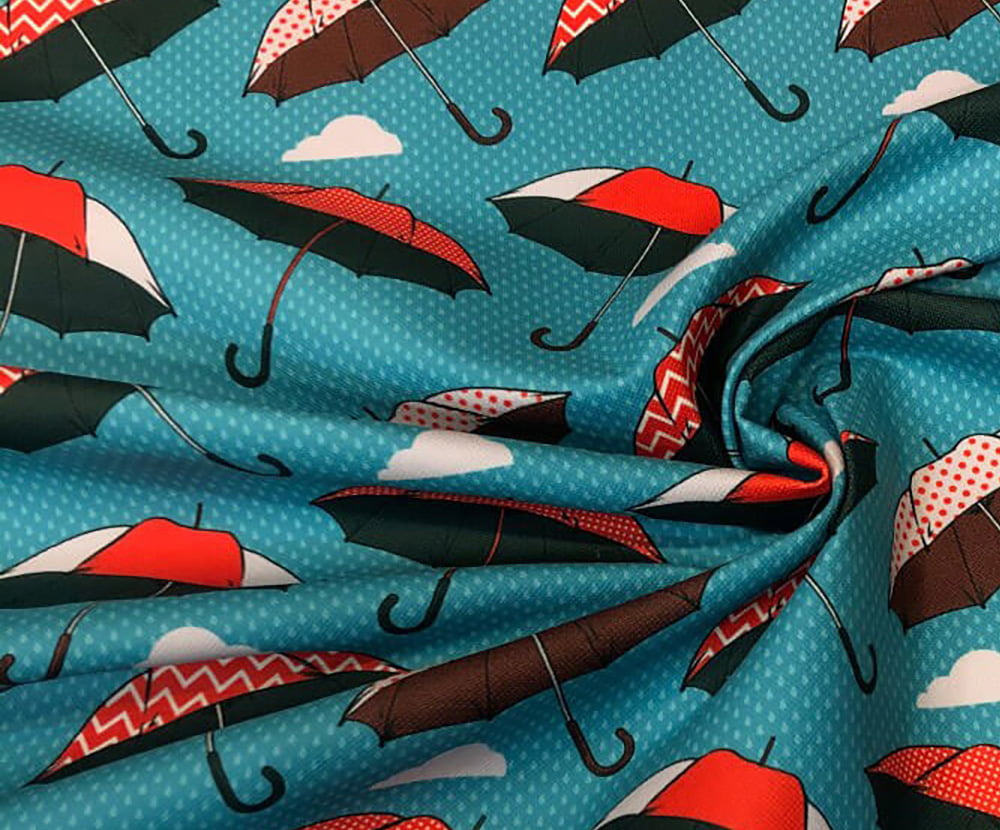For Our Printed Fabrics; By calling our Support Line; You can get more detailed information and quick response.
Printed
For Our Printed Fabrics; By calling our Support Line; You can get more detailed information and quick response.
You can check out our color chart for other color alternatives: Color Chart
Features
Printed fabrics are fabrics produced by printing different patterns, motifs or photographs on them. In this way, products with more vivid and original designs are obtained compared to plain colored fabrics. Printed fabrics are frequently used in clothing, home textiles and decorative products.
General Properties of Printed Fabrics:
- Diversity: Any pattern, motif or photo can be printed on fabric in different colors and tones. This makes it possible to create personalized products.
- Colour Richness: Thanks to digital printing technologies, vivid and bright colors can be achieved.
- Durability: Thanks to the dyes and printing techniques used today, prints are highly resistant to washing, sun and friction.
- Rapid Production: Thanks to digital printing, production can be done in a short time and at low cost.
- Limited Quantity Production: It is possible to produce custom designed products in small quantities.
Printed Fabric Types and Areas of Use:
- Cotton Printed Fabrics: It is used in clothing, home textiles (curtains, sheets, tablecloths) and decorative products. It has a soft, breathable and natural structure.
- Polyester Printed Fabrics: It has a more durable and wrinkle-free structure. It is used in sportswear, outerwear and home textiles.
- Viscose Printed Fabrics: It feels natural like cotton but is as durable as polyester. It is preferred for clothing and underwear.
- Silk Printed Fabrics: It has a luxurious and stylish appearance. It is especially used in products such as evening dresses and wedding dresses.
Printing Techniques:
- Digital Printing: It is the most commonly used method. Any pattern or photo can be printed on fabric in high resolution.
- Rotary Printing: Suitable for large quantity production. Used for repeating patterns.
- Screen Printing: It is preferred for thick and durable prints. It is especially used in products such as t-shirts and bags.
Advantages of Printed Fabrics:
- Personalization: It is possible to transfer any kind of design onto fabric.
- Diversity: Offers a wide range of colours and patterns.
- Durability: It is long-lasting thanks to modern printing techniques.
- Rapid Production: It is possible to obtain products in a short time.
Disadvantages of Printed Fabrics:
- Price: Products, especially those produced in small quantities, may be more expensive.
- Color Fading: In some cases, colors may fade if improperly cared for.
In conclusion, Printed fabrics stand out with their unique designs and wide range of uses. Printed fabrics, which are preferred in many areas from clothing to home decoration, are an ideal option for those who want to create personalized products.
Frequently Asked Questions
What is Printed Fabric?
Printed fabric is a type of fabric obtained by printing the desired patterns, photographs or writings on it with special techniques. Patterns can be given to fabrics with different methods such as digital printing and screen printing.
What are the advantages of printed fabric?
- Personalization: You can create unique products by printing your own design or any image you want onto fabric.
- Diversity: Colour, pattern and texture options are quite wide.
- Small Quantity Production: It offers the opportunity to print small amounts of fabric.
- Rapid Production: Production can be done in a short time with digital printing methods.
What are the Usage Areas of Printed Fabric?
- Clothes: It is used in products such as T-shirts, dresses, bags and shoes.
- Home Textiles: It is used in products such as curtains, pillowcases and bedspreads.
- Decoration: It is used in products such as wallpaper and tablecloths.
- Promotional Products: It is used in products such as baby clothes and aprons.
How is Printed Fabric Produced?
The printing method varies depending on the type of fabric and the desired pattern. The methods commonly used are:
- Digital Printing: It is one of the most common methods. The design prepared on the computer is transferred directly to the fabric.
- Screen printing: The ink is transferred to the fabric with the help of a mold. It is suitable for production in large quantities.
- Reactive Printing: The dye combines with the fibers of the fabric, creating a permanent bond.
- Disperse Printing: It is a method used for synthetic fabrics.
What to Consider When Choosing Printed Fabric?
- Fabric Type: Different types of fabric can be used such as cotton, polyester, viscose.
- Print Quality: The clarity of the patterns and the vibrancy of the colors are important.
- Durability: The fabric must be resistant to washing, sun and friction.
- Area of Use: A fabric suitable for the area where the fabric will be used should be selected.
How to Care for Printed Fabrics?
The care of printed fabric can vary depending on the type of fabric and printing method used. In general:
- Follow washing instructions.
- Do not bleach.
- When ironing, iron on low heat and on the reverse side.
- Wash dark colored fabrics separately.
Other Frequently Asked Questions About Printed Fabric
- Can I print my own design? Yes, you can print your own design or photo on fabric.
- Are printed fabrics expensive? Prices vary depending on quantity, fabric type and pattern complexity.
- Do printed fabrics fade? With quality printing and proper care, there will be no fading problem.
- Do printed fabrics cause allergies? The risk of allergy is low when quality paints are used.
Printed fabrics are one of the most fun ways to reflect your personal taste and create unique products.
- Who is Saka Textile? Saka Tekstil is a leading textile company that carries out integrated production from fiber to fabric, and has a wide sales network in domestic and foreign markets with its activities in knitting, fabric dyeing, finishing and printing facilities.
- Which cities in Turkey do you deliver to? As an Integrated Fabric Manufacturer, we ship to all over Turkey from our Saka Textile Factory, and the cities and districts we work with the most are: : Istanbul, Elazig, Bursa, Kahramanmaras, Gaziantep, Corlu, Cerkezkoy, Sakarya, Usak, Adana, Malatya, Diyarbakir, Batman, Bingol, Mardin, Denizli, Zeytinburnu, Merter, Osmanbey, Laleli





